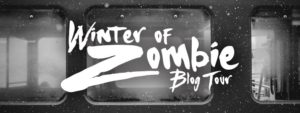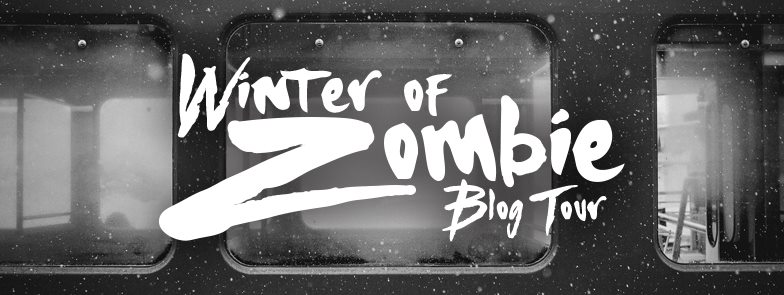by Jay Wilburn
In business, one marketing strategy is to picture an ideal customer. They go to the point of telling the entrepreneur to picture a single individual. You’re supposed to narrow it down to age, salary, gender, hobbies, where they live, the type of car they drive, what their family is like, etc. You are even supposed to name this person and give them a backstory. The idea is to get so specific that you can laser focus your marketing to this ideal customer. Then, you are more likely to connect with and drawn in more of them. In the process, you’ll draw in people outside that demographic that are appealed to by that particular marketing strategy. If your ideal customer is female and you focus in on a particular subset of women, you are likely to draw in a few outside your target age group that think in the way your ideal customer does. You will also draw in male customers that are more relational or artistic or whatever direction your targeted marketing takes you for whatever reason.
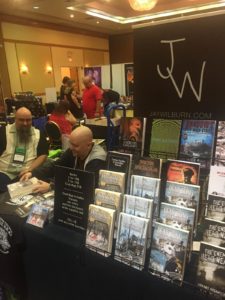
In writing, this would be done with the ideal reader. The best way to find an ideal reader for an author that has been at it a little while is to look at who is buying the books. If the answer is “no one,” then the focus of promotion definitely needs to change. If the answer is a few or more, then there is enough to get who is picking up on what the writer is putting out there. It may not be who you expect and it may inform how you decide to direct your marketing going forward.
The problem with saying the ideal reader is “whoever I can get to pick up the book” is that this approach has the same effect as any “throw it at the wall and see what sticks” strategy. Results will be uneven at best. Kurt Vonnegut said if you throw open the window and try to make love to the entire world, you’re going to catch a cold. The lesson behind that is that great writing or even just pretty good writing can’t be writing done with the purpose of trying to please everyone in every market. More than a few well known authors approach writing from some version of the idea of trying to picture one reader and writing with those eyes in mind. It saves the writing from trying to be all things to all people and failing badly. It also helps the writer to be more true to his or her self and true to the story that is being told.
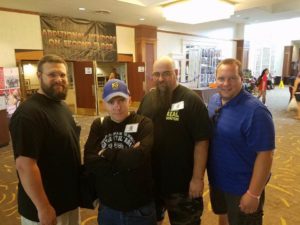
So, who is reading these zombie stories anyway? That is a tough question to answer. Believe it or not, there are not a lot of direct studies on this question. Zombies are a billion dollar global market. Less than one hundred million of that is for print stories or zombie written fiction. A lot of that pie piece is taken up by the big name products like the prints of World War Z and the Walking Dead comics and novelizations. More of it is taken up by the bigger mid list authors like McKinney and Maberry and Gaiman and Tufo and others. Not all successful mid list authors in zombies are getting a large portion of that pie every year. More still is taken up by the bigger products out of publishers like Prime Books and the early catalog of Permuted Press. If a Big Five big name publisher imprint decides to put out a zombie title, they have the marketing to move more copies than a small press. Indie authors of the zombie genre scrape for what is left. There is no set rule that limits how many copies any given novel might sell. Anything could break out at any moment theoretically. Zombies tend to do that sometimes.
Who are the buyers though? We tend to think male and we tend to think young. A viewer of the Walking Dead is not automatically a zombie book reader. Many of them don’t even read the print versions of the Walking Dead products. Some of them can be won over, but not all and not automatically.
Many studies of general sci fi readers tends to put the readership at a very close fifty-fifty split between male and female. There is a spread of ages and a spread of who reads ebooks, print books or both. Many indie authors sell many more copies of ebooks than print books. That is a fairly common experience for many current writers. These same studies show that female readers tend to read slightly more books per year than male readers on average. A female reader is more likely to be a career reader in the sense of devouring considerably more books per year than the average male reader. It is especially true in the romance genre, but shows crossover into other genre as well. A number of established romance conventions have started reaching out to horror authors because of a demand from these career readers that read more and more edgy paranormal titles and are starting to get a taste for more traditional or experimental horror. I can tell you from firsthand experience that if you can get the attention of one of those readers out of that world, they buy a lot!
Looking at my ideal reader as a writer of zombies and horror, I was surprised to see who was buying. For me, my most common reader is female and in her thirties or forties. This is true even for my zombie series. The numbers on my Dead Song Legend series bore out a nearly two-thirds readership toward female readers. That’s certainly different than the numbers available for the even split on sci fi and horror in general. It is also different from many zombie writers who have looked at their numbers in the same way I have. I’m not going to give up or ignore the one-third of my audience that is male, but I’m sure not served by ignoring the fact that two-thirds of my audience is female and that female readers tend to read more than male readers according to available studies.
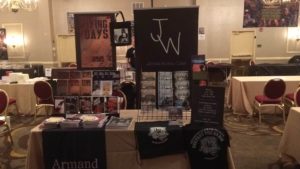
Coming to this realization looking at the actual numbers changed the way that I reached out and marketed. It changed what I shared and how I shared it. A number of male readers came onboard or stayed onboard with me in that marketing strategy. I found more career readers among the male readers that responded to my marketing focused on my primary reader demographic. I found more readers within my ideal range that became multiple and return readers. My appeal is definitely not going to be the same as every other author or particularly every other zombie author. If authors want eyes on their work, it is worth the time to really find out who is picking it up and reading it.
